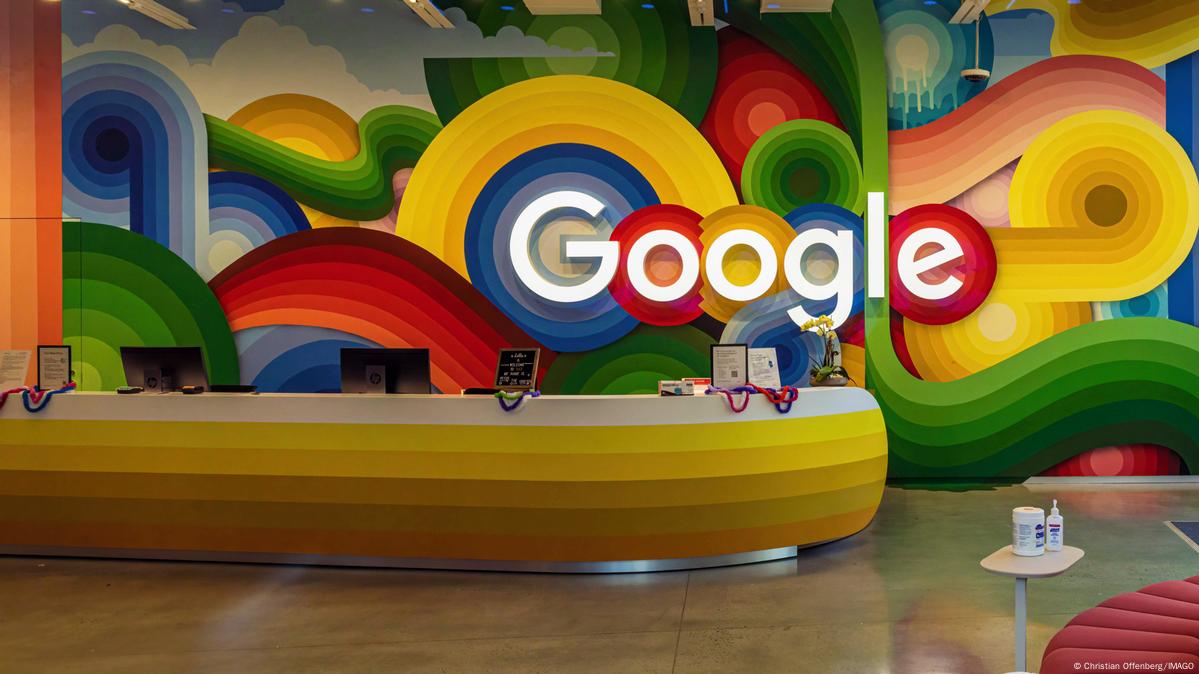Google Earnings Call Takeaways: Ads and Cloud Surge in Q2
Google reported Q2 revenue of $96.43 billion, up 14% YoY, beating analyst expectations of $93.97 billion. EPS came in at $2.31, up 22% YoY, also beating the $2.18 consensus estimate.Following the resu

Google reported Q2 revenue of $96.43 billion, up 14% YoY, beating analyst expectations of $93.97 billion. EPS came in at $2.31, up 22% YoY, also beating the $2.18 consensus estimate.
Following the results, Google’s stock rose more than 3% in premarket trading.
🔍 Key Q2 Highlights and Earnings Call Takeaways
📊 Core Search Ads: AI-Powered Growth and Improved Effectiveness
In Q2, Google’s core search ad business achieved double-digit revenue growth. The AI Overviews feature drove over 10% growth in global search volume and continues to increase.
AI Search monthly active users (MAUs) in the U.S. and India have already surpassed 100 million. Once users realize AI search meets more of their needs, they search more frequently—especially younger users.
Google Lens is one of the fastest-growing search types, up 70% year-over-year. Users can now search video content in real time as well.
With Google’s AI capabilities, users can virtually try on billions of clothing items. Early feedback and engagement have been highly positive, especially among Gen Z, and are expected to boost apparel sales.
Smart Bidding Exploration represents the biggest upgrade to ad bidding strategies in a decade. It helps advertisers bid more effectively on less obvious but high-value search terms, increasing conversions by an average of 19%.
Over 2 million advertisers now use Google’s AI-driven creative tools, up 50% year-over-year.
While platforms like Temu and Shein cut back ad spending in April due to U.S. tariffs, other advertisers quickly filled the gap.
📺 YouTube: Leading in View Time, Strong Subscriber Growth
YouTube has led U.S. streaming TV view time for two consecutive years, capturing 12.8% of total TV watch time in June. Users can now scan QR codes via Connected TV (CTV) to place orders, tapping into new marketing opportunities.
AI has enhanced YouTube’s recommendation system and auto-dubbing features, expanding potential audiences for both creators and brands, and improving ad returns.
Subscriptions to YouTube TV, YouTube Music, and Premium have all shown strong growth.
☁️ Google Cloud & Gemini: Leading AI Clients and Model Performance
Google Cloud’s Q2 backlog grew 18% quarter-over-quarter and 38% year-over-year, reaching $106 billion by the end of the quarter.
Gemini applications now have over 450 million monthly active users. Daily request volume has surged more than 50% since Q1. The Gemini 2.5 hybrid reasoning model outperformed peers in nearly all major benchmarks.
Google offers the industry’s broadest range of TPUs and GPUs, along with integrated storage and software. Nearly all generative AI unicorns now use Google Cloud. Over 100 million developers are building with Gemini. Monthly token processing volume has exceeded 980 trillion, doubling from May’s 480 trillion.
Veo 3, Google’s video generation model, has gone viral across the web.
🚘 Waymo: Steady Expansion in Robotaxi Rollout
Last month, Waymo launched service in Atlanta, doubled its coverage in Austin, and expanded operations by 50% in both Los Angeles and the San Francisco Bay Area. Total autonomous miles driven now exceed 100 million.
Waymo will conduct tests in more than 10 cities this year, including New York and Philadelphia.
🏗️ Capex: Full-Year Guidance Raised from $75B to $85B, More Growth in 2026
Q2 capital expenditures were $22.4 billion, nearly all dedicated to infrastructure. Two-thirds went to servers, and one-third to data centers and networking equipment. Given strong demand for cloud products and services, 2025 CapEx guidance has been raised to $85 billion, with further growth expected in 2026.
🔮 Outlook: Ad Growth May Slow, Cloud Remains in Undersupply
During the earnings call, Google executives shared their outlook for the remainder of the year:
Q2 ad growth remained strong, especially in verticals like retail, financial services (notably insurance), and healthcare. With Q3 just underway, it’s too early to comment on full-year trends.
Political ad spending tied to the 2024 U.S. election boosted the Q2 2023 baseline, which could weigh on year-over-year growth in H2—particularly for YouTube ads.
Cloud product demand remains robust, as reflected in revenue growth and the $106 billion backlog. Google Cloud is expected to remain supply-constrained through at least 2026.
AI is expected to power ambitious new hardware formats, such as smart glasses. However, CEO Sundar Pichai noted that smartphones will remain the core of user experience for at least the next two to three years.
Disclaimer: The views in this article are from the original Creator and do not represent the views or position of Hawk Insight. The content of the article is for reference, communication and learning only, and does not constitute investment advice. If it involves copyright issues, please contact us for deletion.